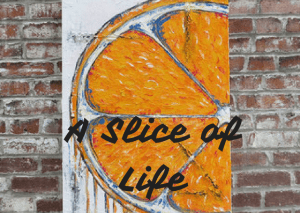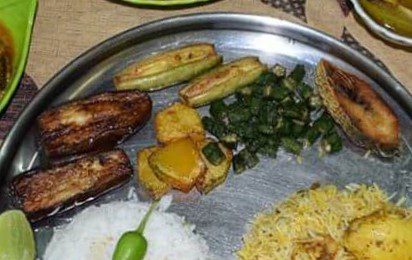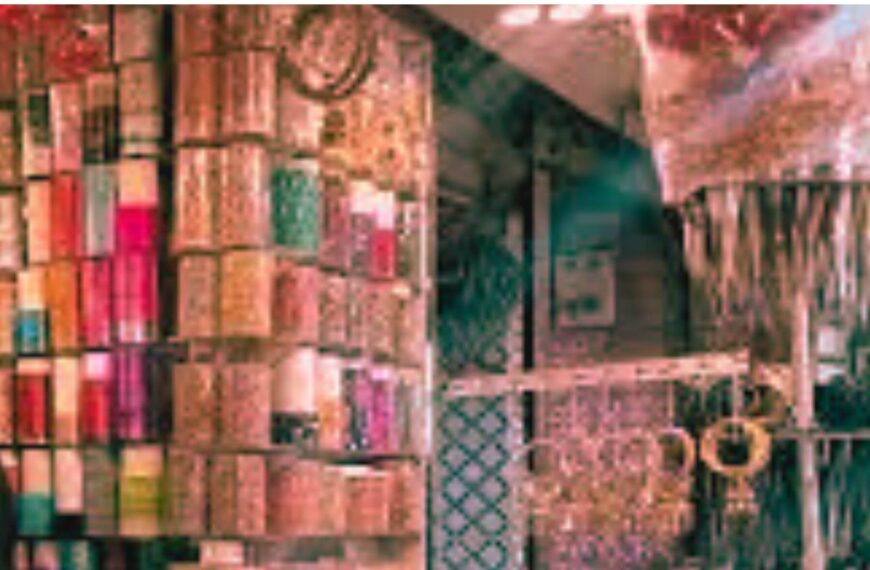Ruchira tells us how Bengalis need fries and fritters (bhaja) with their meals regularly. An exclusive for Different Truths.
 There is no divergent opinion on this. A prominent item of the quintessential Bengali platter happens to be fritters/ fries (aka Bhaja). As a matter of fact, not a single meal – breakfast lunch or dinner – is deemed complete without at least one fried item being part of the menu.
There is no divergent opinion on this. A prominent item of the quintessential Bengali platter happens to be fritters/ fries (aka Bhaja). As a matter of fact, not a single meal – breakfast lunch or dinner – is deemed complete without at least one fried item being part of the menu.
It would be no exaggeration to say that Bengalis are efficient in making Bhaja out of everything (well almost) and anything that they find growing around them.
It would be no exaggeration to say that Bengalis figure among the highest consumers of edible (read cooking) oils with the mainstay being mustard oil. It would be no exaggeration to say that Bengalis are efficient in making Bhaja out of everything (well almost) and anything that they find growing around them. To begin with there are humble commonplace vegetables e.g., potol/parwal (spindle gourd), pumpkin slices, fresh spinach, which is stir fried with tiny potato cubes and spiced with salt, turmeric, green chilies and nothing beyond.
An easy option is Korola/Karela (bitter gourd) and its cousins Uchhe and Kankrol (there being minor differences in their physical appearances as they hail from the same botanical family). To the surprise of folks from other states, Bengalis eat karela simply as bhaja – thin rings smeared with salt and turmeric and deep fried in (preferably) mustard oil. No Bharwan (stuffed) or subji (curry) for them please! Korola Bhaja tastes divine when eaten with tangy mustard sauce (Kashundi).
The ubiquitous potato/aloo tops the charts. The Babumoshai may eat aloo bhaja with his staple meal of daal-bhat for brunch, lunch or dinner
Onward to the star attractions of the Bhaja galaxy. The ubiquitous potato/aloo tops the charts. TheBabumoshai may eat aloo bhaja with his staple meal of daal-bhat for brunch, lunch or dinner, as the case may be. Aloo bhaja often eases its way into the popular evening snack Jhalmudi. Aloo bhaja is a sine qua non for Luchee (maida poori) a popular breakfast item. Even otherwise, don’t be surprised if you see a kid or two throwing tantrums on finding aloo bhaja missing from the platter. Aloo bhaja assumes myriad shapes: from thin, filament like (jhurjhurey) to normal ones à la French fries to thicker wedges, et al.
You could, if you so desire, spice up your breakfast rotis with aloo pyanjer chorchori: potato-onion juliennes rubbed with salt and turmeric, tempered with whole dry red chilies, and fried in oil.
In another departure from cuisines of other Indian states Bongs have a distinct penchant for begun bhaja (fried brinjal discs) as against gravy curries.
The second rung is occupied by Begun (brinjal/aubergine/eggplant /baingan). In another departure from cuisines of other Indian states Bongs have a distinct penchant for begun bhaja (fried brinjal discs) as against gravy curries. Highly malleable by nature, begun bhaja jells harmoniously with dal bhaat andluchi as well. Apparently begun bhaja is assuming importance in foreign lands too. On one occasion, while I was breakfasting in a plush restaurant in Muscat (Oman), I was pleasantly surprised to see begun bhajaamong the items of buffet. Likewise, I espied begun bhaja on breakfast buffet menu in a Kuala Lumpur hotel.
Moving away from vegetables, the culinary art of bhaja has not spared items of animal origin either. Its main target is fish, with top choices for the customary maach bhaja being Rohu, Hilsa and Bhetki. While the first two are eaten mainly with daal bhat, Bhetki – owing to the absence of miniscule bones – is preferred for fish finger and the legendary fish fry. Each item can be eaten by itself, with daal bhat or evenchapattis/ nans.
Incidentally, Punti mach (a lean fish) is yet another popular choice for maach bhaja.
Incidentally, Punti mach (a lean fish) is yet another popular choice for maach bhaja. Small and slender it is often eaten with chapattis or by itself not forgetting the usual daal bhat combo. There exists yet another distinct range of fried yummies dubbed as telebhaja. But, well that’s another story!
Photo from the Internet






 By
By


 By
By